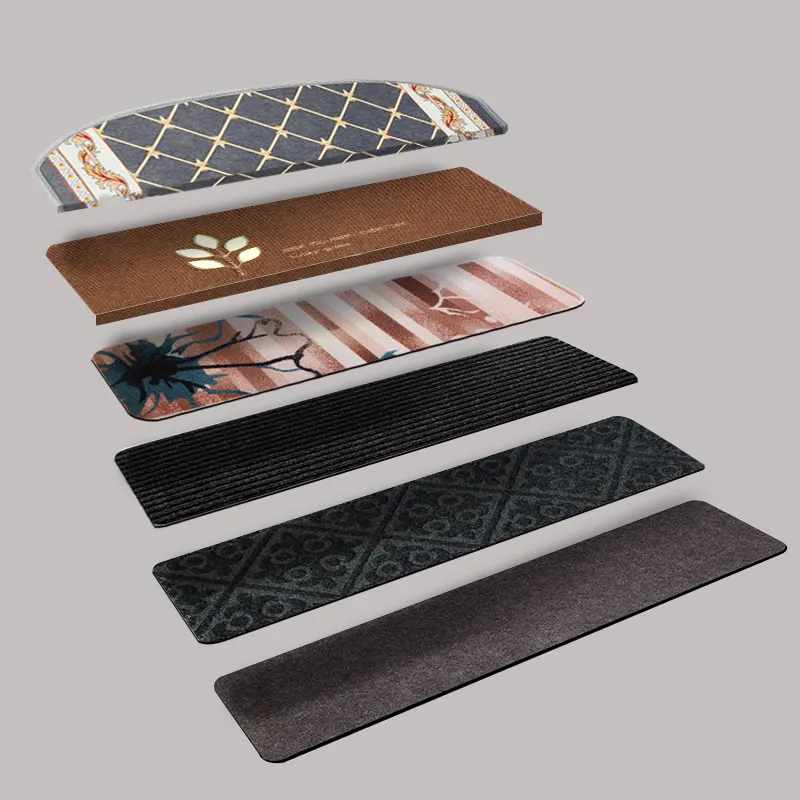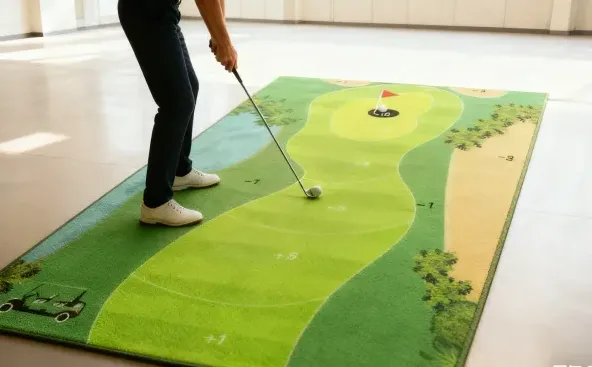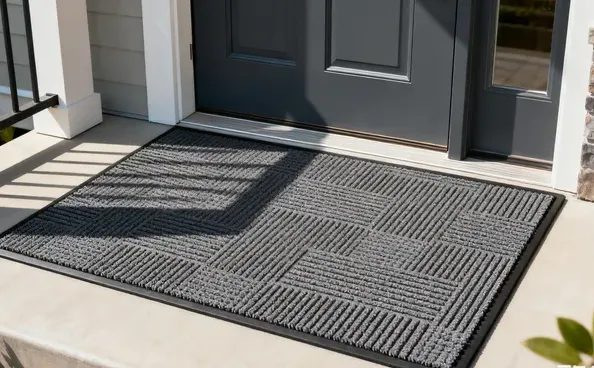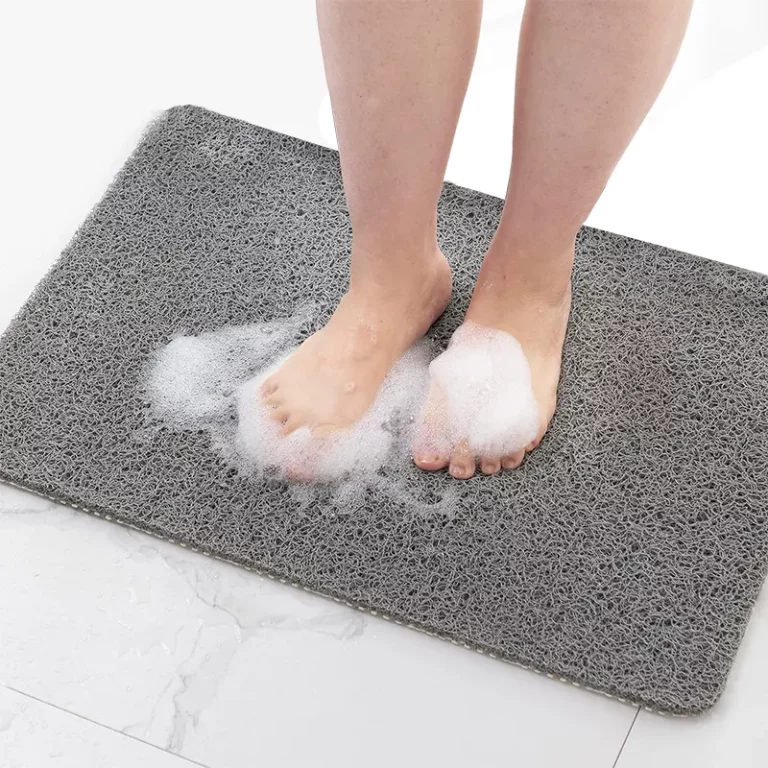The Complete Guide to Mat Manufacturing Process and Production Techniques
Discover how mats are made through an in-depth look at the mat manufacturing process. Learn about the materials, techniques, and innovations that produce the mats we use every day, and why understanding this process is important for consumers and the environment.

Table of Contents
What Is the Mat Manufacturing Process?
The mat manufacturing process involves transforming raw materials into finished mats through a series of steps. This process varies depending on the type of mat being produced, such as floor mats, rubber floor mats, or eco-friendly options.
The general steps include:
- Material Selection: Choosing the right materials like polypropylene, rubber, or fiberglass.
- Bonding and Forming: Using binders and heat to bond materials together.
- Shaping and Cutting: Cutting the mats to the desired size and shape.
- Finishing: Adding features like anti-slip backing or edging.
Understanding how mats are made helps consumers appreciate the quality and choose products that meet their needs.
What Materials Are Used in Mat Production?
Various materials are used in mat production, each offering unique properties.
Common Materials:
- Polypropylene: A type of plastic that is durable and resistant to stains.
- Rubber: Provides flexibility and anti-slip properties.
- Fiberglass: Used for reinforcement in certain mats.
- Bio-Based Materials: Eco-friendly options like natural fibers.
These materials can be bonded together using binders like thermoplastic polymers to form a mat with the desired characteristics.
How Does the Binder Affect the Quality of the Mat?
The binder is a crucial component in the manufacturing process as it holds the mat’s fibers together.
- Types of Binders:
- Thermoplastic Polymers: Melt and fuse fibers at high temperatures.
- Thermosetting Polymers: Harden upon heating and provide strong bonds.
The binder content and type determine the mat’s durability, flexibility, and resistance to elements like moisture and heat.
What Is the Role of Fiber Orientation in Mat Strength?
The orientation of fibers impacts the mat’s strength and flexibility.
- Long Fibers: Offer tensile strength when aligned lengthwise.
- Short Fibers: Provide flexibility and are easier to mold.
- Fiber Orientation Techniques:
- Perpendicular Layering: Fibers laid at right angles for balanced strength.
- Random Distribution: Creates non-directional strength.
Proper fiber orientation during mat production ensures superior performance for various end uses.
How Are Nonwoven Mats Manufactured?
Nonwoven mats are made without traditional weaving.
Manufacturing Steps:
- Fiber Deposition: Fibers are deposited onto a conveyor belt, forming a web.
- Binder Application: Binders are sprayed or added to bond fibers.
- Heat Treatment: The mat passes through high-temperature ovens to activate the binder.
- Cooling and Cutting: The mat is cooled and then trimmed to size.
This process produces a mat with uniform thickness and properties.

Check out our Draining PVC Bath Mats for a practical and stylish addition to your bathroom!
What Is the Importance of the Pressing Step?
The pressing step compacts the mat to achieve the desired density and thickness.
- Hot Press: Uses heat and pressure to bond layers tightly.
- Compaction: Removes air pockets, enhancing durability.
- Control Thickness: Essential for mats with specific height requirements.
This step ensures the final nonwoven mat meets quality standards.
How Do Manufacturers Create Custom Designs?
Many mat manufacturers offer custom design options.
- Dyeing and Printing: Adding colors and patterns using dye and printing techniques.
- Cutting Shapes: Trimming mats into various shapes to fit specific spaces.
- Embossing: Creating textures or logos on the surface of the mat.
Custom designs make mats suitable for branding, decoration, or special functions.
Protect your pets’ paws with our Eco-Friendly Cat Litter Mats that are gentle and sustainable.
How Are Eco-Friendly Mats Produced?
Eco-friendly mats are made using sustainable materials and processes.
- Bio-Based Materials: Utilizing natural fibers like jute or recycled materials.
- Low VOC Binders: Using binders that emit fewer volatile organic compounds.
- Energy Efficiency: Implementing energy-saving measures during production.
These practices result in mats that are better for the environment and safe for consumers.
What Quality Control Measures Are in Place?
Quality control is vital in the mat manufacturing process.
- Material Inspection: Ensuring raw materials meet specifications.
- Process Monitoring: Checking temperatures, pressure, and binder content.
- Product Testing: Evaluating product properties like strength and durability.
- Final Inspection: Examining finished mats for defects before packing.
Quality control guarantees that the mats perform as intended and last longer.

Enhance safety in your home with our Non-Slip Stair Mats designed to prevent slips and falls.
How Do Manufacturers Ensure Mats Are Safe and Functional?
Safety and functionality are prioritized through:
- Non-Slip Surfaces: Adding textures or coatings to prevent slipping.
- Edge Treatment: Trimming and sealing edges to prevent fraying.
- Fire Resistance: Incorporating materials that reduce flammability.
- Anti-Microbial Properties: Using treatments to resist mold and bacteria.
These features make mats suitable for various environments, including homes, offices, and industrial spaces.
Why Is Understanding the Mat Production Process Important?
Knowing how mats are made helps consumers:
- Make Informed Choices: Select mats that meet specific needs.
- Appreciate Quality: Recognize the value of well-made products.
- Support Eco-Friendly Options: Choose products that align with environmental values.
By understanding the mat manufacturing process, you can find the perfect mat for your space.
Upgrade your entrance with our 3D Embossed Door Mats that combine elegance and durability.
Conclusion
The mat production process is a fascinating combination of materials science, engineering, and artistry. From selecting the right materials to implementing innovative manufacturing techniques, mat manufacturers create products that enhance our lives in many ways.
Key Takeaways:
- Materials Matter: Understanding the different materials used helps in selecting the right mat.
- Manufacturing Steps: Knowing the process provides insight into product quality.
- Customization: Many mats can be tailored to meet specific needs or preferences.
- Eco-Friendly Options: Sustainable practices make mats that are better for the environment.
- Quality Control: Ensures that the mats are safe, durable, and functional.
Discover our Quick Drying Bathroom Mats for a comfortable and hygienic bathroom experience.
By exploring the world of mat manufacturing, you empower yourself to choose products that not only serve their purpose but also align with your values and style preferences.
Remember:
- Choose mats with materials and features that suit your needs.
- Consider eco-friendly options to support sustainability.
- Appreciate the craftsmanship involved in making quality mats.
For more information or to browse a wide selection of mats, feel free to contact us or visit our website.





